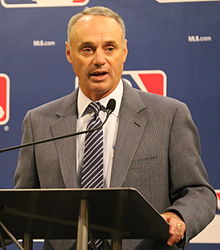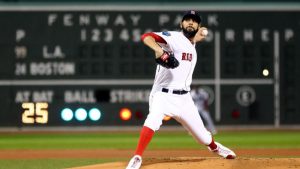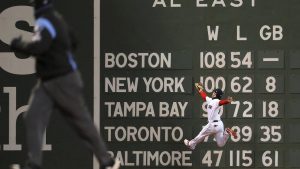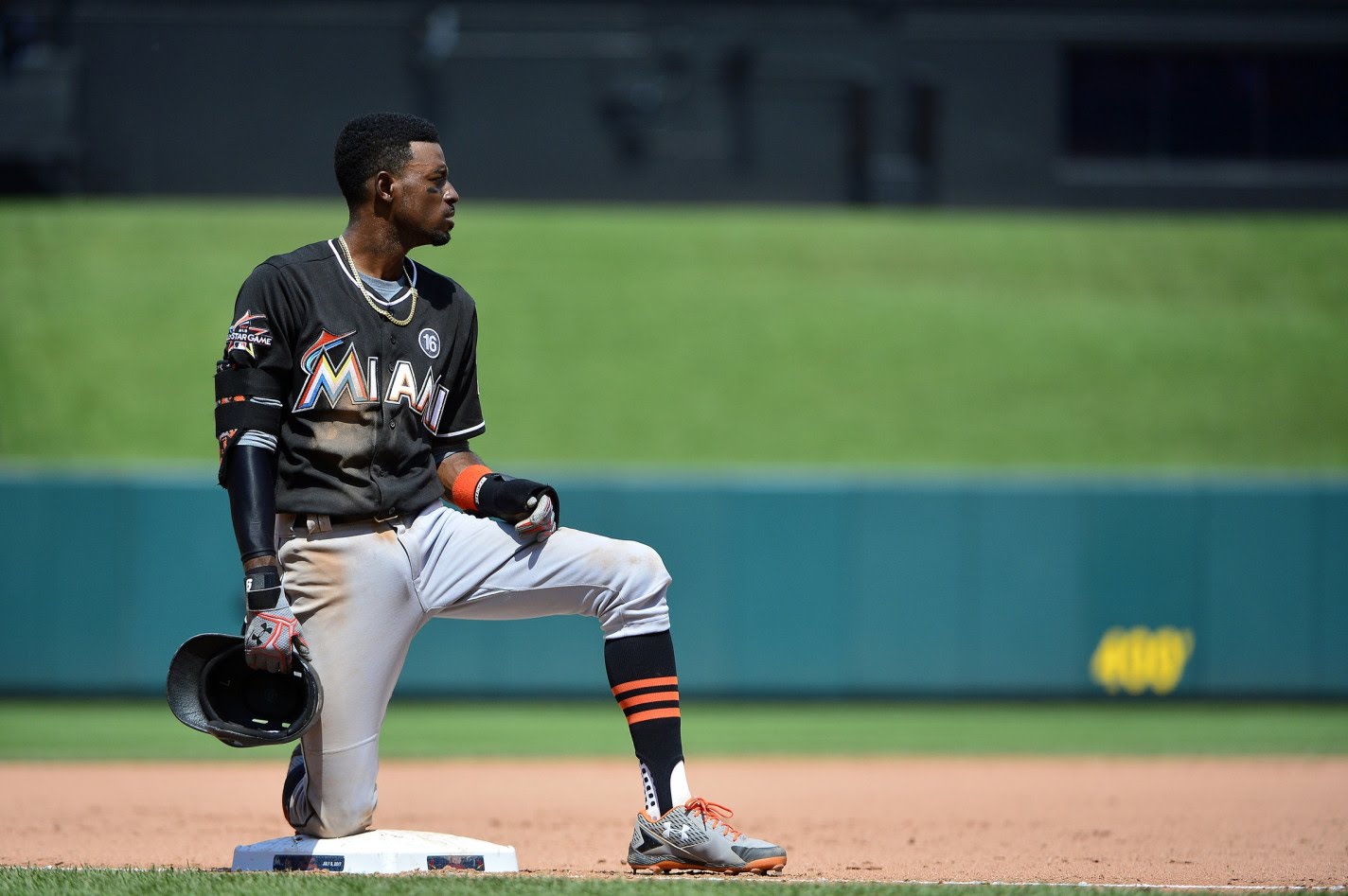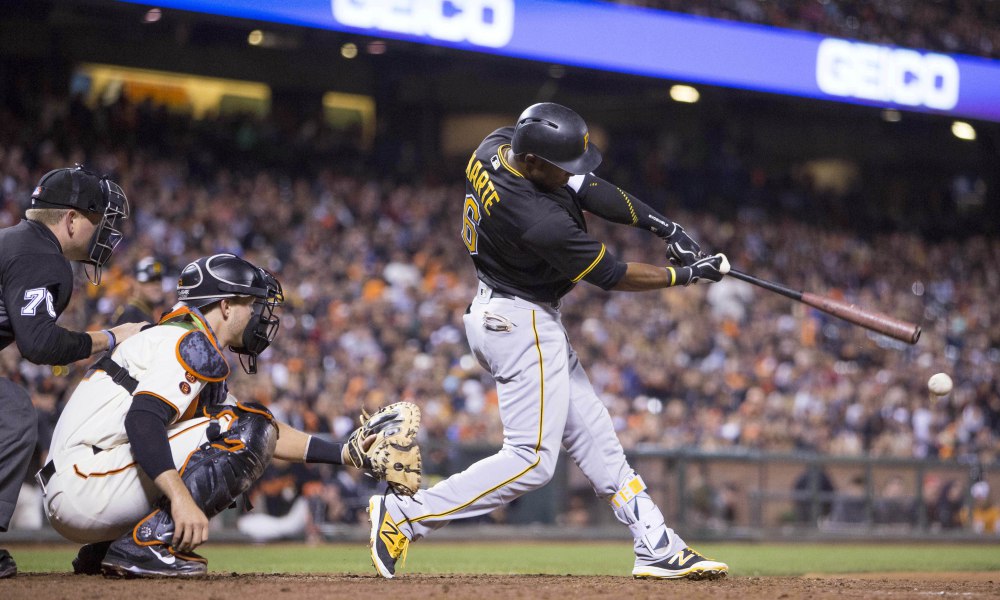Rob Manfred has gotten a contract extension to remain The Commissioner of Major League Baseball for another 5 years. That is outstanding news for all baseball fans because Mr. Manfred is a man on a mission to save our beautiful game.
Declining Ratings
And why does our game need saving? Because ratings and attendance are down, more every year. How is it that the World Series between Boston and LA, two historical franchises, had reduced ratings of 20% over the prior year? Because people hate the Red Sox. Oh, and it takes too long. The game simply takes too long.
Rob Manfred, a hero of busy people with only so much time, has taken on Titans and Legends alike in his time as Commissioner, all in the name of reducing Pace of Play. Let’s take a brief walk down his warpath.
Rob Manfred Pace Of Play Initiatives
In 2015, Big Time Rob got the MLB Players Union to agree to several Pace of Play initiatives:
- Managers have to stay in the dugout during replay challenges. I have to admit, I kind of miss Lou Piniella. But it saves time!
- Hitter have to keep one foot in the batter’s box at all times. No more afternoon strolls or other shenanigans.
- The game must start promptly after commercial breaks.
- Relievers have 2 minutes 30 seconds to come in from the bullpen and warm up.
It’s debatable how often Thor, I mean Rob Manfred, threw the hammer and fined players for their violations. But clearly, the battle lines were drawn.
The Owners Pony Up
In 2018 Jon Snow, I mean Ron Manfred, pulled out his long sword and did the unthinkable: He got the MLB owners to agree to reduce commercial time. This is money directly out of their pockets. 20 seconds less per break during the regular season. That’s almost a 10% reduction on 2:25 of ad time.
That hurts. It’s estimated that on national MLB games in 2017 the total cost of advertising was $313 million. That was just network games like Fox and TBS. Imagine all the team networks out there, charging for ads in all the MLB games every day.
Now imagine bigger. In 2017, the Phillies signed a deal with Comcast for $5 Billion over 25 years to televise the games.
The Players Need To Get Behind This
It’s high time the Major League Players Association started getting truly serious about reducing the time it takes to watch the games. I won’t say this is a crisis, but I don’t think I have to go chapter and verse of why a faster game would benefit all.
In 2018, when Jesse Owens, I mean Rob Manfred, negotiated the reduction in ad time, as well as limiting mound visits, he wanted to introduce the play clock. But he could not come to an agreement with the Players Association.
I’m no expert, but Paul Bunyan, I mean Rob Manfred, and his team are experts. And they say increasing the pace of play is vital for the game. The Commish could implement things like the pitch clock and between-batter timer unilaterally if he wanted to. But he has been exercising caution in the name of labor peace and cooperation thus far.
A Travesty In The World Series
I mean honestly, they were playing ads between pitches during the World Series. Between pitches in the ninth inning of a close game in the World Series. I watched this happen and was enraged.
The history and honor and glory of our great game is made and lost in the 9th inning of World Series games. How is it possible ads are playing between pitches?
Because too much time is taken between each and every pitch! It’s on the teams, the players, the managers, and the league, to make it inconceivable a real ad could be placed between pitches in the 9th inning of a World Series Game.
A Call To Action
I propose a grassroots campaign to flood the Major League Players association with calls and emails and letters urging them to agree with Commissioner Manfred to do anything possible to speed up the game. Here is the MLBPA contact information:
- Website: www.mlbplayers.org
- Phone number: (212) 826 – 0808
- Email address: feedback@mlbpa.org
- Address: 12 East 49th St, 24th Floor, New York, NY 10017
The owners have given up millions of dollars. They, in turn, have endorsed General George S. Patton, I mean Commissioner Manfred, to go on a long campaign of reducing the pace of play.
This is the players’ game. They need to get behind these efforts instead of fighting them. We cheer them, boo them, love them, hate them, and ultimately support all of them by attending and watching.
Now let them hear your voices like never before. Tell them to get behind the efforts, like the pitch clock, to speed up the game and not make it a point of contention or call for labor strife within the Players Union. Make it part of our great game going forward instead of a stagnant game going backward.
For the love of the game.
